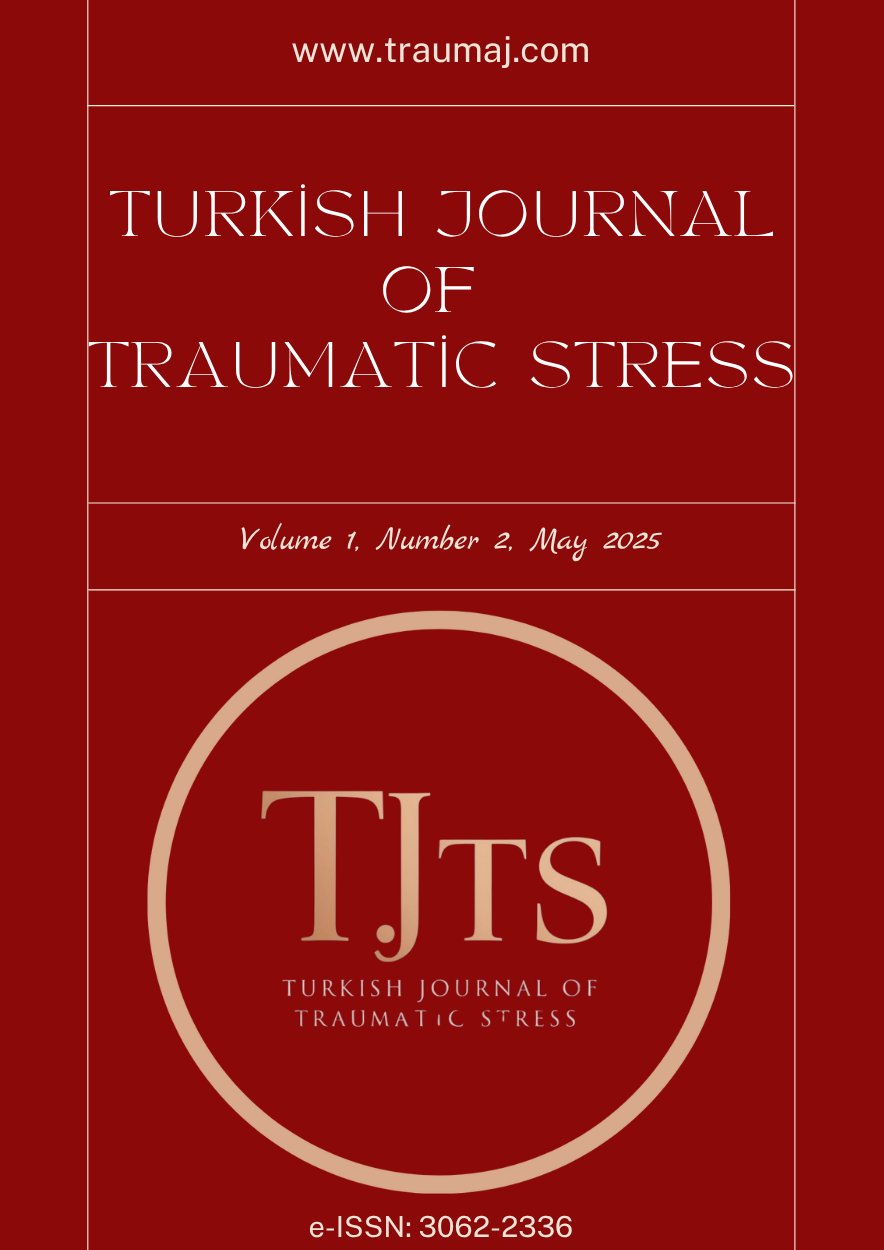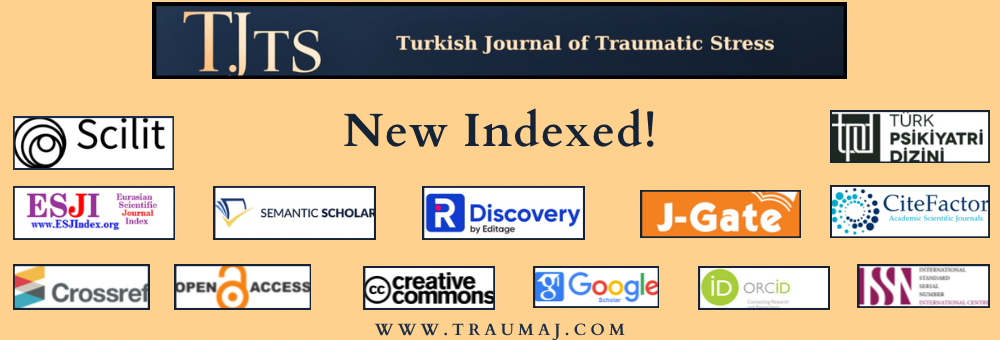The Rapid and Successful Efficacy of EMDR in the Treatment of Specific Phobia (Cat Phobia): Case Report
Intervention with EMDR to Test Anxiety
DOI:
https://doi.org/10.63175/tjts.19Keywords:
Eye Movement Desensitization and Reprocessing, EMDR, phobia, cat phobia, animal phobia, psychotherapy, AuraliophobiaAbstract
Specific phobia, recognized as the most prevalent anxiety disorder across the lifespan, is a clinical condition marked by intense, irrational fear and anxiety triggered by a particular object or situation that objectively poses no real threat. Management strategies encompass both pharmacological and non-pharmacological interventions, with behavioral techniques such as systematic desensitization, graded exposure, and cognitive behavioral therapy (CBT) forming the cornerstone of non-drug-based treatments. More recently, Eye Movement Desensitization and Reprocessing (EMDR), a modality initially developed for individuals with Post-Traumatic Stress Disorder (PTSD), has demonstrated therapeutic efficacy in addressing specific phobias. This psychotherapeutic approach facilitates the processing of distressing memories and maladaptive responses associated with phobic stimuli. This case report presents a clinically significant outcome involving a patient who experienced a persistent and debilitating fear of cats for over three decades. Following EMDR intervention, the patient exhibited marked improvement in symptomatology within a brief treatment window. These findings suggest that EMDR may offer a rapid, safe, and effective therapeutic alternative for the treatment of specific phobias commonly encountered in clinical mental health settings.
This article’s short podcast by AI (English)
This article’s short podcast by AI (Turkish)
References
1. Marks IM. The classification of phobic disorders. The British Journal of Psychiatry 1970; 116:377-386.
2. Kessler RC, Berglund P, Demler O, Jin R, Merikangas KR, Walters EE. Lifetime prevalence and age-of-onset distributions of DSM-IV disorders in the National Comorbidity Survey Replication. Arch Gen Psychiatry 2005; 62:593-602.
3. Wolitzky-Taylor KB, Horowitz JD, Powers MB, Telch MJ. Psychological approaches in the treatment of specific phobias: A meta-analysis. Clinical Psychology Review 2008; 28:1021-1037.
4. Oguz A. Özgül Fobi. Anksiyete Monografları Serisi 1995; 5:193-204.
5. Shapiro F. Eye Movement Desensitization and Reprocessing: Basic Principles, Protocols, and Procedures. New York, NY: Guilford Press; 2001.
6. Shapiro F. Eye Movement Desensitization and Reprocessing (EMDR) Therapy: Basic Principles, Protocols, and Procedures. New York, NY: Guilford Press; 2017.
7. Demirci OO, Sağaltıcı E, Yıldırım A. Treatment of Specific Phobia with Eye Movement Desensitization and Reprocessing Method: A Case Report. Klinik Psikiyatri Dergisi 2015; 18:124-129.
8. Lapsekili N, Yelboga Z. Treatment of flight phobia (aviophobia) through the eye movement desensitization and reprocessing (EMDR) method: a case report. Dusunen Adam: The Journal of Psychiatry and Neurological Sciences 2014; 27:168-172.
9. Beck AT, Steer RA. Beck Anxiety Inventory Manual. San Antonio, TX: Psychological Corporation; 1988.
10. Hisli N. A reliability and validity study of Beck Depression Inventory in a university student sample. Turkish J. Psychol. 1989; 7:3-13.
11. Öztekin S, Aydin O, Aydemir Ö. Reliability and validity of Turkish form of DSM-5 severity measure for specific phobia. Anatolian Journal of Psychiatry/Anadolu Psikiyatri Dergisi 2017; 18:31-37.
12. De Jongh A, Van den Oord H, Ten Broeke E. Efficacy of eye movement desensitization and reprocessing in the treatment of specific phobias: Four single‐case studies on dental phobia. Journal of clinical psychology 2002; 58:1489-1503.
13. De Jongh A, Ten Broeke E, Renssen M. Treatment of specific phobias with eye movement desensitization and reprocessing (EMDR): Protocol, empirical status, and conceptual issues. Journal of anxiety disorders 1999; 13:69-85.
14. Choy Y, Fyer AJ, Lipsitz JD. Treatment of specific phobia in adults. Clinical Psychology Review 2007; 27:266-286.
15. Mukba, G. Examination of the effectiveness of EMDR intervention in children with animal phobias: Case study. International Journal of Contemporary Educational Research, 2023;10(4), 845–859.
16. Yıldırım NG, Bahayi K. Examination of the effect of EMDR therapy in adolescents with specific phobia and test anxiety. Üsküdar Univ J Soc Sci. 2023;16:171-189.
17. Meentken MG, van der Mheen M, van Beynum IM, et al. EMDR for children with medically related subthreshold PTSD: short-term effects on PTSD, blood-injection-injury phobia, depression and sleep. Eur J Psychotraumatol. 2020;11(1):1705598. Published 2020 Jan 10. doi:10.1080/20008198.2019.1705598
Published
How to Cite
Issue
Section
License
Copyright (c) 2025 Mehmet Rıdvan Varlı, Kübra Özcan Çetin, Hasan Ünver

This work is licensed under a Creative Commons Attribution 4.0 International License.








